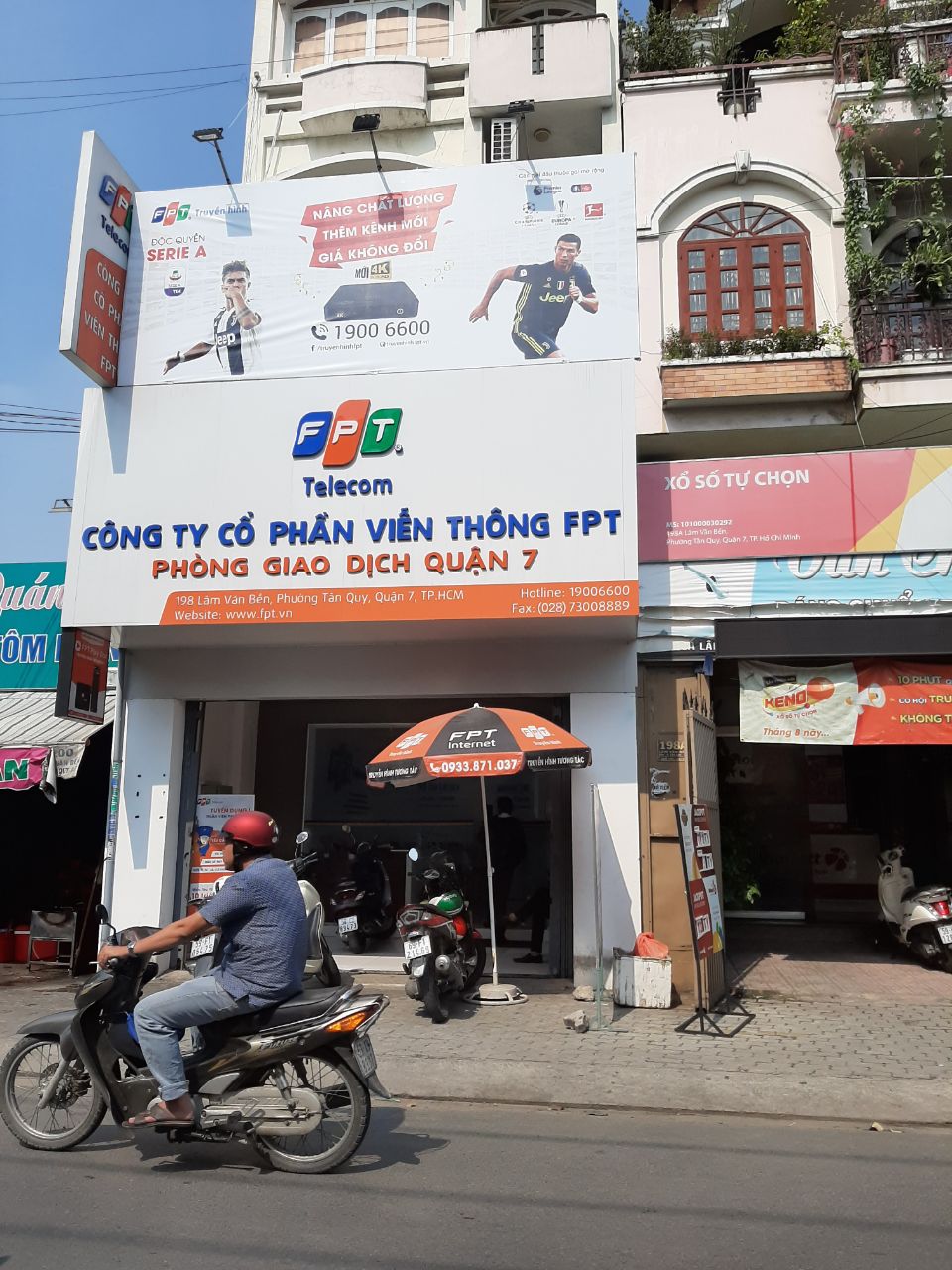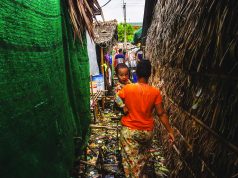Despite making numerous campaign promises, a vast majority of them have not come into fruition for the NLD government, even after nearly four years of being in charge. Nor are they likely to be realised in the foreseeable future. As Lee Kuan Yew put it wisely, “people tend to select politicians based on how good they look on TV (or how good they talk). The result has always been poor for the voters”.
One of quoted phrases mentioned by Aung San Suu Kyi has been the one she said at the forum for Myanmar citizens working or staying in Singapore. There, she said, in response to a question, “we (her government)are not just catching up with Singapore in 20 years, we would overtake Singapore in 20 years”. That was four or five years ago. The economic reality on the ground cannot be further from this. At the current rate that the economy is growing and based on the way that the government is managing the economy, Myanmar will be no where near Singapore in 20 years time. A more plausible aim would have been to try and catch up with Vietnam.
Myanmar Insider’s editorial staff were in Vietnam in September and we observed the economic development first hand in the city of Saigon (Ho Chi Min City). Because of significant investments by large Vietnamese companies in Myanmar (Hagl, Viettel, FPT, etc.), Vietnam airline carry regular passengers to and fro the two countries. Of course, there are Vietnamese professionals and SMEs venturing out into Myanmar, too. Based on a recent Asean survey, Vietnam has been one of the top three countries making outbound investments in other ASEAN countries.

There are daily flights between Saigon and Yangon. The flight is very affordable, ~$200+ for an economy class return ticket. There is also a reciprocal visa free entry between the two countries. The flight takes around two and a half hours. The current Saigon airport (SGN) does not seem to be much bigger than the new Yangon International Airport, although the plan to build the new much bigger Saigon airport has already started.
Vietnam’s currency, Dong, probably bears the largest denomination among ASEAN countries. 1 million Dong is equivalent to about 66,000 Kyats (as of September 2019). Dong exchange is available at the money changer next to the Thai embassy in ManawHari Road, Ahlone township, in Yangon. It is advisable to exchange some Dong before you fly to Vietnam.
The immigration is worse off than Myanmar’s. The queues were extremely long. We have waited nearly half an hour in the queue. The current queuing time at Myanmar immigration is less than five minutes on average. May be due to coming out of a communist era, we did not notice any smile or any small talk forthcoming from any of the Vietnamese immigration officers.
We had arranged for airport pick up service by the hotel. We promptly found our concierge and followed him. A hotel car picked us up a couple of minutes later. The concierge was reasonably well spoken. He talked about having internet connection in the car as well as availability drinks. None was offered by the driver. The driver did not speak to us at all, along the way to the hotel.
The architecture in Saigon was a combination of French, modern and Chinese styles. The roads are wide and reasonably clean
One outstanding difference you notice immediately is the presence of a large number of commuters on motor bikes, which are absent in Yangon.
On Day 2, we visited the most popular attraction in Saigon, the Cu Chi Tunnels. Vietnamese work hard. They are generally more hard working than the Myanmar or Thai. The tour guide tried her best to make sure we were happy so that she would eventually get a bigger tip. Cu Chi tunnels are about one and a half hour drive from Saigon. It was a good eye-opener to experience what would have been like during the Vietnam war time. There was also a shooting range, where one can actually fire weapons used during the war. You just have to buy the bullets.
In the evening, we took a tour of the night scene of Saigon. The guide brought us to many local food stores, roadside eating and sightseeing across town. One thing we noticed was that there were no flies or mosquitos on the road side places we visited at night or during the day. In terms of cleanliness, Vietnam is way ahead of Myanmar. We also toured the city and the new suburbs being developed. The city skyline at night is dominated by a single 81 storey Landmark 81, developed by Vietnam’s largest conglomerate, Vin group. The new suburbs has many new offices, commercial and residential spaces, yet most of them are unoccupied at present. May be a case of supply and economic development mis-match, just like the present Yangon’s property market. Most of the roads are good, without potholes or bumps, yet we experienced flooded streets in the suburbs. Officially southern Vietnam has two seasons, rainy and hot. The tour guide told us, unofficially, hot and hotter seasons.
We had a series of business meetings and visits lined up Day 3. One thing Myanmar is a little bit ahead is the English language proficiency level of average man on the street. We got lost along the way in the morning in a taxi and there is no way to communicate with the taxi driver. Traffic significantly slowed down in the morning rush hour, due to thousands of workers heading to work on their bikes. Traffic rules were loosely followed, we observed. Food was significantly cheaper in Vietnam than in Myanmar. In Myanmar if you head to an air-conditioned restaurant, you ended up paying close to Singapore prices. In Vietnam, prices are a lot lower, even the ones charged by the hotels. Even movie tickets were cheaper in Vietnam.
Another challenge in Vietnam, especially during the rush hours is crossing the roads. As mentioned prior, the bikes seldom follow traffic rules. They do not stop for pedestrians, they drive on the platforms, they are everywhere. One has to be courageous enough to weave through this tsunami of bikes, just to get to the other side of the road. We do not notice any policeman in sight either. Yangon was right in not allowing motor bikes in the city.
The car models used are quite the same as Myanmar. Taxis are slightly more up-market, with significantly cleaner interior.
Vietnam 8 years ago would be just like Myanmar. Vietnam, however, has kept up its momentum of growth, FDI, infrastructure development and innovation, to reach current levels of economic development. Myanmar has lost its growth momentum from 2016 till now and with every year passed by, it becomes more difficult to catch up. The refocus on the FDI and tax amnesty might help, yet the dream of catching up even with Vietnam (not Singapore), would remain just a dream for many years to come, at the current rate of economic growth and with the current team of so-called ‘experts’ managing the economy.










